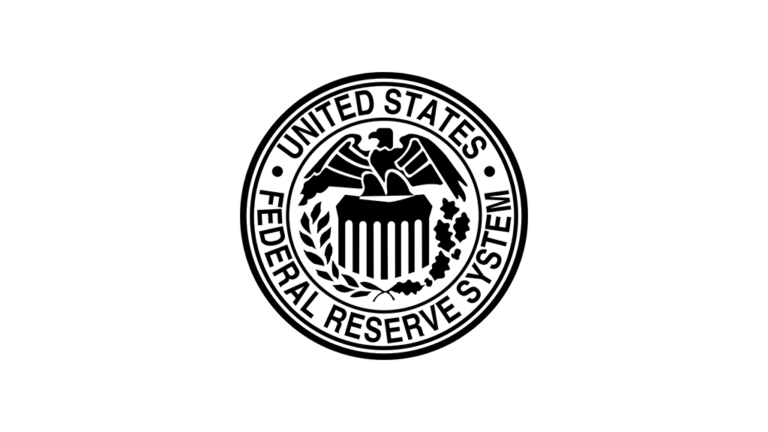Liberal Discontent Grows Over Fed 's 2% Inflation Target

March 18, 2024: The Federal Reserve’s (Fed) long-held inflation target of 2% is being increasingly criticized by prominent liberal voices on the economic spectrum. These critics argue that this target may need to be more relaxed and hinder efforts to achieve full employment and equitable economic growth.
The Fed uses various monetary policy tools, such as interest rates, to influence inflation and economic activity. Its 2% annual inflation target maintains price stability while promoting moderate economic growth. However, some liberal economists contend this target may no longer be appropriate in the current economic climate.
One compelling argument favoring a slightly higher inflation target is the potential for significant benefits. Advocates of this approach propose that a target closer to 3% could enable the Fed to sustain lower interest rates for an extended period. This could ignite economic growth and foster a more favorable environment for wage increases, particularly benefiting low-income workers.
Another area of concern is the historical context in which the 2% target was established. This target was adopted in the early 1990s, characterized by relatively low inflation and a focus on price stability. Critics argue that economic conditions have changed significantly since then, and the target may not adequately address the challenges of the current era, such as income inequality and sluggish wage growth.
The Fed is aware of the ongoing debate surrounding its inflation target. While it has not indicated an immediate change, Fed officials have expressed a readiness to review the target in light of evolving economic circumstances. This signals a potential for future adjustments, although the exact timing and nature of such changes remain uncertain.
The debate over the inflation target is not just a technical discussion but a crucial dialogue about the Fed’s overall monetary policy framework. Some liberal economists advocate for a more expansive approach that prioritizes not just price stability, but also full employment and inclusive economic growth. The Fed will likely face continued pressure to consider these alternative perspectives as it navigates the complexities of the current economic landscape, making this debate significant for all stakeholders.
Looking ahead, financial markets and policymakers alike will closely monitor the Fed’s monetary policy decisions, particularly regarding its inflation target. The outcome of this debate can potentially influence economic conditions for workers, businesses, and consumers for years to come.
































